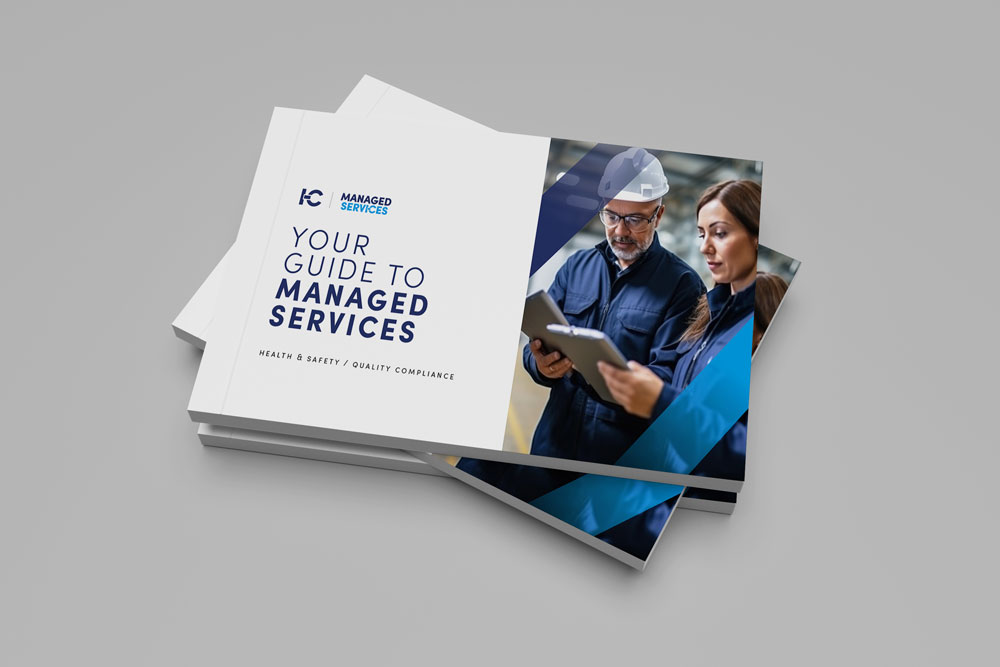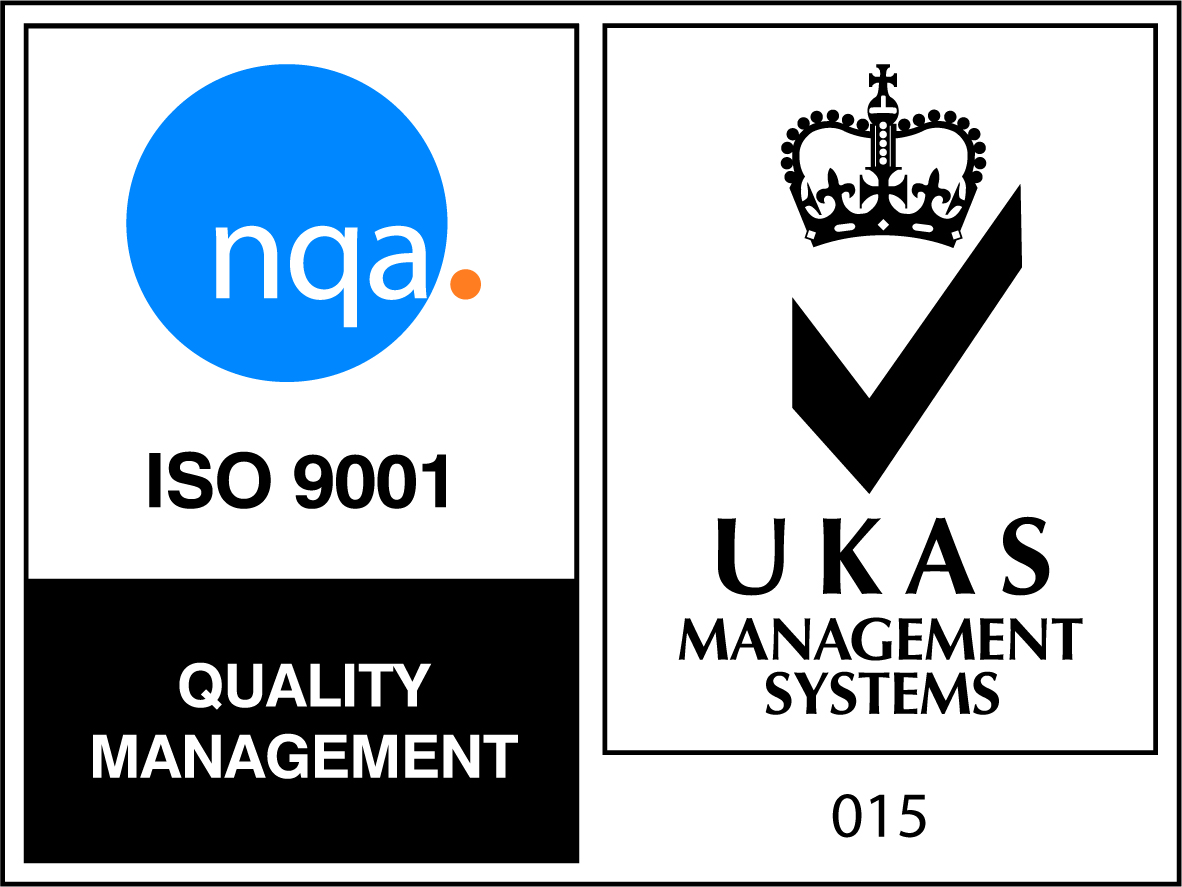The importance of Health and Safety in the workplace: a guide to secure your business
In the fast-paced world of manufacturing, where efficiency and productivity are paramount, health and safety should never be compromised. Ensuring the well-being of your employees and maintaining health and safety in the workplace not only enhances the quality of your products but also boosts your company’s reputation. One way to achieve this is by adhering to the International Organisation for Standardisation (ISO) standards specifically designed for the manufacturing industry.

Understanding the importance of ISO Standards
ISO standards are internationally recognised benchmarks that outline the requirements for quality, safety, and efficiency across various industries. In the manufacturing sector, achieving ISO certification, such as ISO 45001 for occupational health and safety, demonstrates your commitment to providing a safe working environment.
Health and safety in the workplace is not just a regulatory requirement; it is the cornerstone of a successful and sustainable business. Prioritising the well-being of your employees is not only a moral obligation but also a strategic investment that yields numerous benefits for both the workforce and the organisation as a whole.
Let’s delve into why health and safety in the workplace is of paramount importance:
Protecting your most valuable asset: your employees
Employees are the lifeblood of any organisation. Ensuring their safety and well-being is not just a legal requirement but a fundamental ethical responsibility. A safe workplace fosters trust and loyalty among employees, leading to higher job satisfaction and retention rates. When employees feel secure, they are more likely to be motivated, engaged, and productive, contributing positively to the overall success of the company.
Compliance with legal and regulatory standards
Adhering to health and safety regulations, including ISO standards, is not just about avoiding fines and penalties. It demonstrates your commitment to legal compliance, ethical business practices, and social responsibility. Failure to comply with regulations can result in legal consequences, damage to your reputation, and financial losses. By investing in a robust health and safety management system, you mitigate these risks and ensure the longevity of your business.
Enhancing organisational reputation and opening new doors
A strong commitment to health and safety enhances your organisation’s reputation both internally and externally. Internally, it creates a positive work culture where employees feel valued and protected. Externally, it instils confidence in clients, partners, and stakeholders, showcasing your organisation as a reliable and responsible business entity. A positive reputation can attract top talent, foster customer loyalty, and open doors to new business opportunities.
Reducing accidents and injuries
A safe work environment significantly reduces the risk of accidents and injuries. Implementing preventive measures and safety protocols minimises workplace incidents, leading to fewer disruptions in operations and reduced costs. When employees feel safe and confident in their working environment, they can focus on their tasks without apprehension. This sense of security boosts productivity and efficiency, leading to higher output and better-quality products or services. In contrast, frequent accidents or injuries can lead to absenteeism, increased downtime, and decreased overall productivity, affecting the bottom line of the business.
Let’s explore essential steps to take for health and safety in manufacturing:
1. Conduct a Comprehensive Risk Assessment
Before embarking on the journey to gain ISO certification, it’s vital to conduct a thorough risk assessment within your manufacturing facility. Identify potential hazards, assess their impact, and prioritise them based on the level of risk. This assessment forms the foundation of your health and safety management system.
2. Develop a Robust Health and Safety Policy
Create a clear and concise health and safety policy that aligns with ISO standards. This policy should outline the company’s commitment to providing a safe workplace, the responsibilities of employees and management, and procedures for reporting accidents or hazards. Ensure that the policy is communicated effectively to all employees and stakeholders.
3. Implement Regular Training Programs
Education is key to maintaining a health and safety in the workplace. Conduct regular training sessions for employees to raise awareness about potential risks, safe work practices, and emergency procedures. Training programs should be tailored to specific job roles and updated to reflect any changes in processes or equipment.
An efficient way of achieving all of the above, is to employ an expert of course! It can be a challenge when you don’t have the time or resources to task a current employee; at In-Comm we can work alongside your team providing managed services to help your business pass ISO standards year after year. See how we can help your business success here.
By integrating these precautions into your health and safety management system, you can significantly reduce the likelihood of accidents and injuries in the manufacturing environment. Ultimately, achieving ISO certification not only enhances the safety of your workplace but also elevates your company’s reputation and trustworthiness in the industry. Remember, a commitment to health and safety in the workplace is not just a legal requirement but a moral obligation that ensures the well-being of your most valuable asset – your employees.
Follow us on our socials to stay up to date with industry news and updates from In-Comm Training!


